“Bell Jar with knob” has been added to your cart. View cart

Banana plug
$400.00 Original price was: $400.00.$350.00Current price is: $350.00.
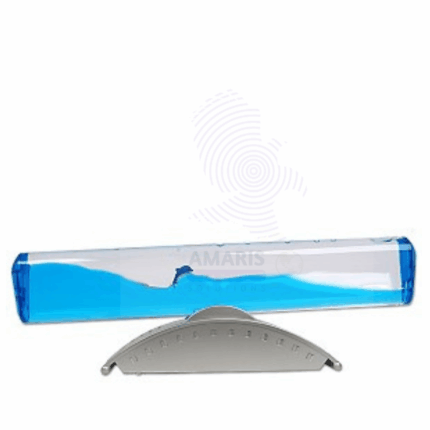
Wave machine
$2,500.00 Original price was: $2,500.00.$2,300.00Current price is: $2,300.00.
bunsen burner nipple
$350.00 Original price was: $350.00.$280.00Current price is: $280.00.
Whatsapp Order
A Bunsen burner nipple is an integral component of a Bunsen burner, a common piece of laboratory equipment used for heating substances. The nipple is a small, protruding tube or nozzle on the burner to which the rubber tubing from the gas source is attached. Here’s a breakdown of the key points related to a Bunsen burner nipple:
Function
- Gas Inlet: The primary function of the Bunsen burner nipple is to serve as the gas inlet. It connects the burner to the gas supply, allowing gas to flow into the burner.
- Attachment Point: The nipple securely holds the rubber tubing that delivers gas from the gas supply. This ensures a steady and controlled flow of gas.
Importance
- Safety: Proper attachment of the rubber tubing to the nipple is crucial for preventing gas leaks, which could lead to dangerous situations such as fires or explosions.
- Efficiency: A well-fitted nipple ensures an efficient and consistent flow of gas, which is necessary for achieving the desired flame characteristics (such as a non-luminous blue flame).
Maintenance
- Inspection: Regular inspection of the Bunsen burner nipple is important to ensure it is not clogged, cracked, or damaged.
- Cleaning: Keeping the nipple clean and free of obstructions ensures optimal performance of the burner.
Usage Tips
- Securing the Tubing: Always ensure the rubber tubing is tightly fitted onto the nipple to avoid gas leaks.
- Correct Size: Use tubing of the correct diameter for the nipple to ensure a snug fit.
SKU:
ACS21547CHEM0
Category: LABORATORY EQUIPMENT & APPARATUS
Description
Table of Contents
ToggleUses of a Bunsen Burner Nipple
1. Gas Inlet Connection
- Primary Function: The Bunsen burner nipple is primarily used to connect the burner to the gas supply. This connection is made using a rubber tubing that fits securely over the nipple.
- Gas Flow Regulation: It allows for a steady flow of gas into the burner, which is crucial for maintaining a consistent flame.
2. Ensuring Safety
- Leak Prevention: By providing a secure attachment point for the gas tubing, the nipple helps prevent gas leaks, which can be hazardous.
- Stable Operation: A proper connection ensures the burner operates safely without unexpected fluctuations in the flame.
3. Flame Adjustment
- Controlled Combustion: The nipple helps regulate the amount of gas entering the burner, allowing for precise control over the flame’s intensity and characteristics.
- Optimal Performance: Proper use of the nipple ensures that the burner can produce a non-luminous blue flame, ideal for most laboratory heating tasks.
4. Versatility in Laboratory Applications
- Heating Substances: The Bunsen burner, through the nipple connection, is used to heat chemicals, sterilize equipment, and perform various other heating tasks in the lab.
- Supporting Experiments: It is essential for experiments requiring controlled heating, such as chemical reactions, melting substances, or bending glass rods.
5. Compatibility with Different Gas Types
- Various Gases: The nipple allows the Bunsen burner to be connected to different types of gas supplies, such as natural gas or propane, depending on the laboratory setup.
Maintenance and Usage Tips
- Regular Inspection: Regularly check the nipple for signs of wear or blockage to ensure it functions correctly.
- Secure Fitting: Ensure the rubber tubing fits snugly over the nipple to maintain a secure gas connection and prevent leaks.
- Proper Cleaning: Keep the nipple clean to avoid clogs that could disrupt the gas flow and affect the burner’s performance.
Reviews (0)
Be the first to review “bunsen burner nipple” Cancel reply
Related products
Aspirator Bottle Glass
A laboratory aspirator glass bottle, also known as a vacuum aspirator bottle or a vacuum filtration flask, is a specialized glass container used in scientific laboratories for various applications. It is designed to create a vacuum or negative pressure, which allows the filtration of liquids through a porous medium like a filter paper or a membrane.
The bottle typically has a conical or pear-shaped body with a sidearm or neck near the top. This neck is where a rubber or silicone stopper is inserted, allowing for the attachment of tubing or a hose to connect to a vacuum source or water aspirator. (Available in 2.5l,5l,10l,)
Laboratory aspirator glass bottles are commonly used in vacuum filtration processes to separate a solid precipitate from a liquid solution. When connected to a vacuum source, the air inside the bottle is removed, creating a pressure difference that draws the liquid through the filter, leaving the solid behind on the filter paper.
These bottles come in various sizes to accommodate different filtration needs and are an essential tool in many research, analytical, and quality control laboratories for tasks like separating particulate matter, sterilizing solutions, and performing various filtration techniques. They are often made of durable borosilicate glass to withstand the pressure changes and chemical interactions that may occur during laboratory operations.
Balance lever
$0.01
The best definition of a balance lever is a simple machine that consists of a rigid bar or beam that pivots around a fixed point called the fulcrum. It is used to compare the weights or forces of two objects and determine if they are in equilibrium (balanced) or if one side is heavier than the other (unbalanced).
The balance lever operates on the principle of torque, where the torque (rotational force) exerted on one side of the fulcrum is equal to the torque on the other side when the system is in equilibrium. This principle is expressed by the formula: Torque = Force × Distance from fulcrum.
By placing known masses or weights on one side of the lever and an unknown weight on the other side, the balance lever can be used as a weighing scale. When the lever is in balance, the two sides are equal in weight or force. This concept has been widely used in various applications, from traditional weighing scales to more complex systems like seesaws or construction equipment.
bar and gauge apparatus
$0.01
bare enamelled copper wire
$0.01
beaker pyrex
A glass beaker is a cylindrical, open-top container made of glass, typically with graduated volume markings on its side. It is commonly used in laboratories for holding, mixing, and heating liquids, as well as for performing various experiments and chemical reactions. Glass beakers come in various sizes and are designed to provide easy observation of the contents and to withstand temperature changes without significant deformation or chemical interaction with the substances being used.
Bernoulli Tube Apparatus
$0.01
The Bernoulli tube apparatus, also known as a Venturi tube apparatus, is a scientific device used to demonstrate the principles of fluid dynamics, particularly the Bernoulli's principle. It consists of a specially shaped tube with a constricted region, often referred to as a Venturi section. When fluid (liquid or gas) flows through the tube, the constricted section leads to changes in pressure and velocity according to Bernoulli's principle, which states that as the velocity of a fluid increases, its pressure decreases and vice versa. This apparatus is commonly used in educational settings to visually illustrate how the flow of a fluid can affect its pressure, helping to explain various phenomena like lift in aircraft wings, fluid flow through pipes, and more.
Blotting paper
$0.01
Blotting paper is a highly absorbent and thin sheet of paper, typically made from materials like cotton, linen, or other plant fibers. It is designed to quickly absorb excess liquids, such as ink, oil, or moisture, from various surfaces without smudging or smearing the substances. Blotting paper is commonly used to remove excess ink from a freshly written page, absorb oil from the skin without disturbing makeup, or dry wet items. It is often found in office settings, art studios, and cosmetic applications due to its efficient absorption properties.


 Emollients
Emollients Humectants
Humectants UV Filters
UV Filters Surfactants (cosmetic)
Surfactants (cosmetic) Preservatives (cosmetic)
Preservatives (cosmetic) Fragrances and Essential Oils
Fragrances and Essential Oils Antioxidants (cosmetics)
Antioxidants (cosmetics)
 Solvents (lab)
Solvents (lab) Chromatography Chemicals
Chromatography Chemicals Microbiology and Cell Culture Reagents
Microbiology and Cell Culture Reagents Biochemical Reagents
Biochemical Reagents Inorganic and Organic Standards
Inorganic and Organic Standards Spectroscopy Reagents
Spectroscopy Reagents Molecular Biology Reagents
Molecular Biology Reagents
 Precious Metal Extraction Agents
Precious Metal Extraction Agents
 Plasticizers
Plasticizers Polymerization Initiators
Polymerization Initiators Stabilizers
Stabilizers Monomers
Monomers Fillers and Reinforcements
Fillers and Reinforcements Antioxidants (plastics)
Antioxidants (plastics) Colorants (plastic pigments,Dyes)
Colorants (plastic pigments,Dyes)
 Fertilizers
Fertilizers Plant Growth Regulators
Plant Growth Regulators Soil Conditioners
Soil Conditioners Animal Feed Additives
Animal Feed Additives Biostimulants
Biostimulants
 Dough Conditioners
Dough Conditioners Flour Treatments
Flour Treatments Fat Replacers
Fat Replacers Preservatives (baking)
Preservatives (baking)
 Surfactants (cleaning)
Surfactants (cleaning) Builders
Builders Bleaching Agents
Bleaching Agents Enzymes
Enzymes Solvents (cleaning)
Solvents (cleaning) Fragrances
Fragrances Disinfectant
Disinfectant Metal cleaning
Metal cleaning
 Binders/Resins
Binders/Resins Pigments
Pigments Solvents (paint)
Solvents (paint) Additives
Additives Driers
Driers Anti-Corrosion Agents
Anti-Corrosion Agents Specialty Coatings
Specialty Coatings Functional Coatings
Functional Coatings Application-Specific Coatings
Application-Specific Coatings
 Sealants and Adhesives
Sealants and Adhesives
 Biodegradable Surfactants
Biodegradable Surfactants Bio-based Solvents
Bio-based Solvents Renewable Polymers
Renewable Polymers Carbon Capture Chemicals
Carbon Capture Chemicals Wastewater Treatment Chemicals
Wastewater Treatment Chemicals
 Preservatives (food)
Preservatives (food) Flavor Enhancers
Flavor Enhancers Acidulants
Acidulants Sweeteners
Sweeteners Emulsifiers
Emulsifiers Antioxidants (food)
Antioxidants (food) Colorants (food)
Colorants (food) Nutrient Supplements
Nutrient Supplements Nutraceutical Ingredients
Nutraceutical Ingredients
 Fresh Herbs
Fresh Herbs Whole Spices
Whole Spices Ground Spices
Ground Spices Spice Blends
Spice Blends
 Surfactants(oil)
Surfactants(oil)
 Antibiotics
Antibiotics Active Pharmaceutical Ingredients
Active Pharmaceutical Ingredients Excipients
Excipients Vaccine Adjuvants
Vaccine Adjuvants Nutraceutical Ingredients
Nutraceutical Ingredients Solvents (pharmaceutical)
Solvents (pharmaceutical)
 Automotive chemicals
Automotive chemicals Pyrotechnic Chemicals
Pyrotechnic Chemicals


 Vulcanizing Agents
Vulcanizing Agents Accelerators & Retarders
Accelerators & Retarders Antidegradants
Antidegradants Reinforcing Agents
Reinforcing Agents Plasticizers & Softeners
Plasticizers & Softeners Fillers & Extenders
Fillers & Extenders Blowing Agents
Blowing Agents Adhesion Promoters
Adhesion Promoters
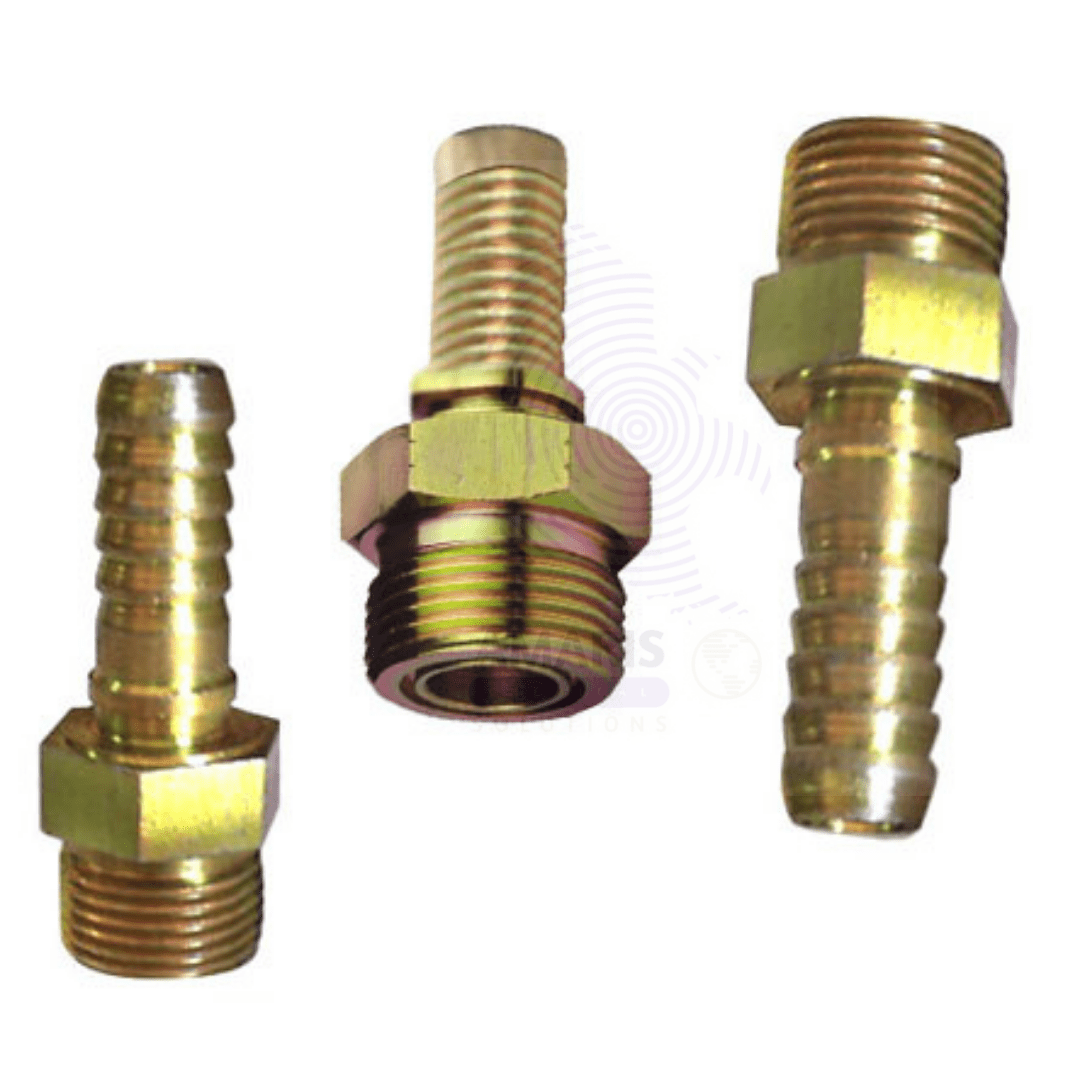


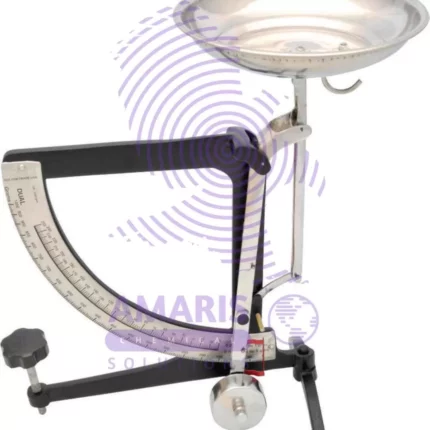
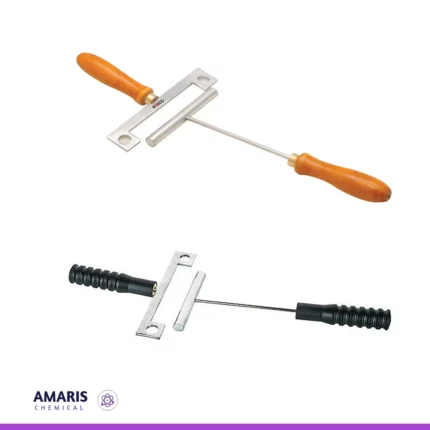

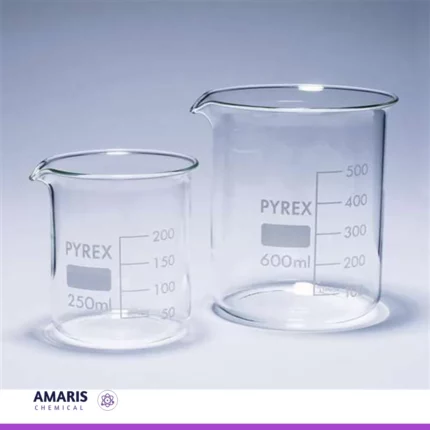















Reviews
There are no reviews yet.